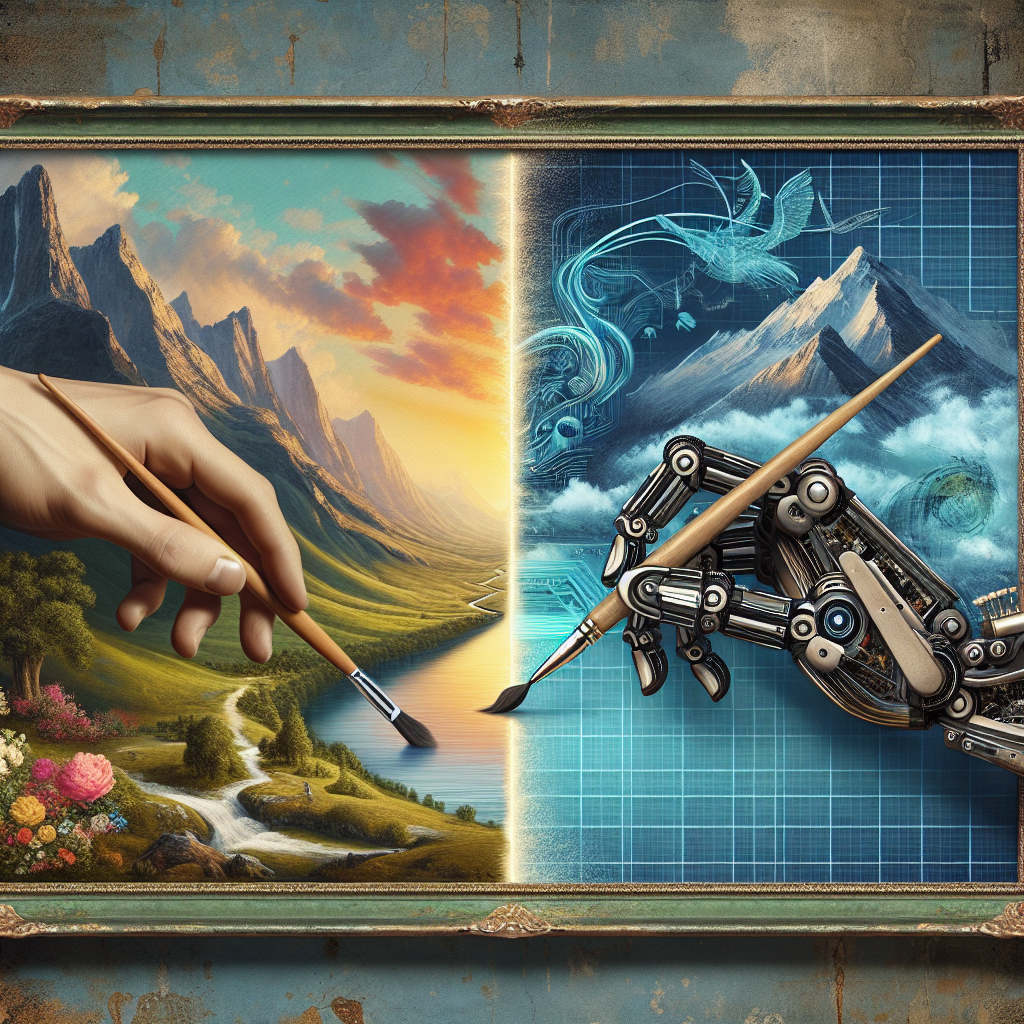Photography is an art, and like any other form of art, it needs refinement to create the perfect outcome. One key tool in the arsenal of any modern-day photographer is the technique of image retouching. In the digital era, the importance and influence of image editing have soared, with retouching playing a vital role. This discourse aims to provide a comprehensive guide on the art and science of retouching.
Understanding Retouching
At the foundation, image retouching involves altering an image to prepare it for final presentation. It is the process of refining an image, tweaking small details, adding or erasing various elements, and enhancing the general quality of the photo. It’s a transformation process aimed to complement the good aspects of an image and eliminate or reduce any glaring imperfections.
The Art Aspect
The aspect of art in retouching manifests in the creativity and artistic vision applied in the process. Creativity shapes how the modifications are made, selecting what aspects to remove, add, or tone down. It’s about keeping the image realistic or transforming it according to the requirements of the specific task.
The Science Aspect
The science part comes into play in the form of the technical knowledge required to manipulate digital tools and software. Knowledge of color theory, understanding of different software tools, the concepts of blending, masking, filtering, etc., are all scientific aspects that retouchers need to master.
Retouching Techniques
Some commonly used retouching techniques include dust and scratch removal, skin smoothing, blemish removal, contrast and brightness adjustment, color correction, sharpening, detail enhancement, etc. Each technique requires proficiency and a deep understanding of the aesthetic required in a given situation.
Software
Essential for any retoucher are the tools of the trade, software programs developed for image manipulation. Adobe Photoshop, Lightroom, Capture One are just a few examples. Each software comes with its own set of features and capabilities, with Photoshop being popular due to its wide range of functionalities.
Conclusion
Understanding the art and science of retouching is vital to improve and enrich the quality of pictures. With the right blend of creative vision, technical knowledge, and proficiency in using the appropriate software tools, anyone can turn ordinary images into breathtaking pieces of art. So, now that you have grasped the basics, go forth and create stunning, magnificent visuals. Remember, practice makes perfect!
FAQs
1. What is the primary goal of retouching?
The core purpose of retouching is to improve the overall quality and aesthetics of an image.
2. What software is used for retouching?
Commonly used software includes Adobe Photoshop, Lightroom, and Capture One.
3. What are some typical retouching techniques?
Some techniques include dust and scratch removal, skin smoothing, blemish removal, color correction, and detail enhancement.
4. Do I need technical expertise to begin retouching?
Yes, to use retouching software and implement retouching techniques, some degree of technical proficiency is required.
5. Does retouching compromise the authenticity of a photo?
While retouching does alter the original image, it does not necessarily compromise its authenticity. The key is in knowing when to stop and retaining the inherent characteristics of the photo.

